After scraping some review data from a website, I am having difficulty organizing the data into a useful structure for analysis. The problem is that the data is dynamic, in that each reviewer gave ratings on anywhere between 0 and 3 subcategories (denoted as subcategories "a", "b" and "c"). I would like to organize the reviews so that each row is a different reviewer, and each column is a subcategory that was rated. Where reviewers chose not to rate a subcategory, I would like that missing data to be 'NA'. Here is a simplified sample of the data:
vec <- c("a","b","c","stop", "a","b","stop", "stop", "c","stop")
ratings <- c(2,5,1, 1,3, 2)
The vec contains the information of the subcategories that were scored, and the "stop" is the end of each reviewers rating. As such, I would like to organize the result into a data frame with this structure. Expected Output
I would greatly appreciate any help on this, because I've been working on this issue for far longer than it should take me..
